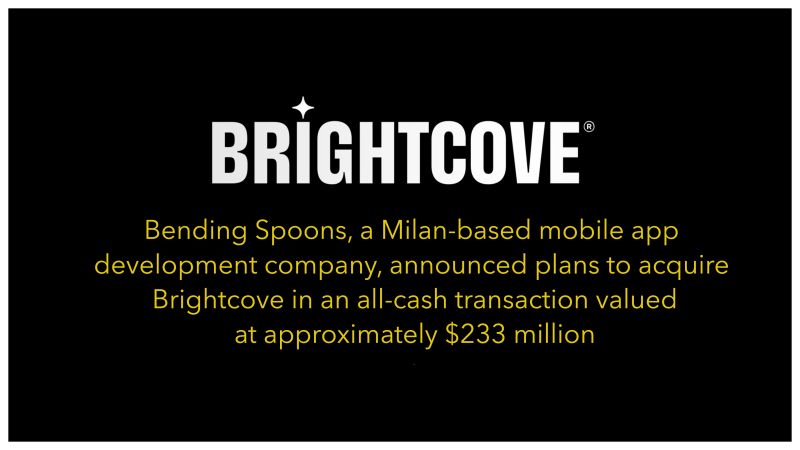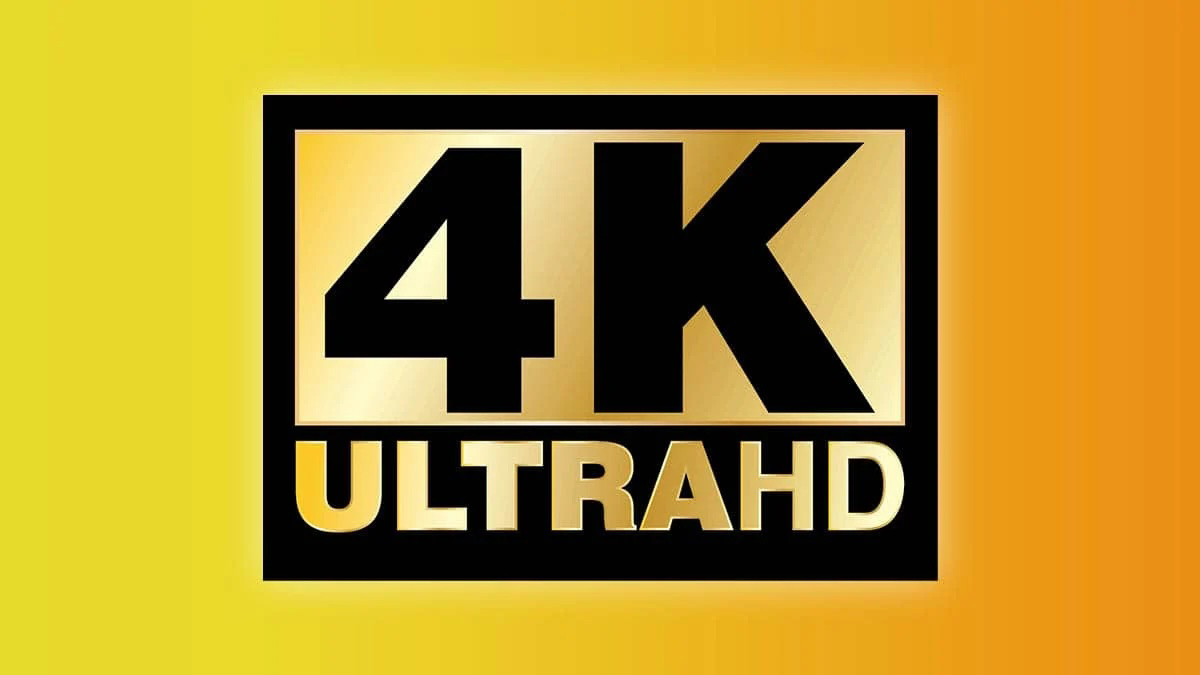The Economics of the CDN Business Have Not Changed, Only Vendors Execution
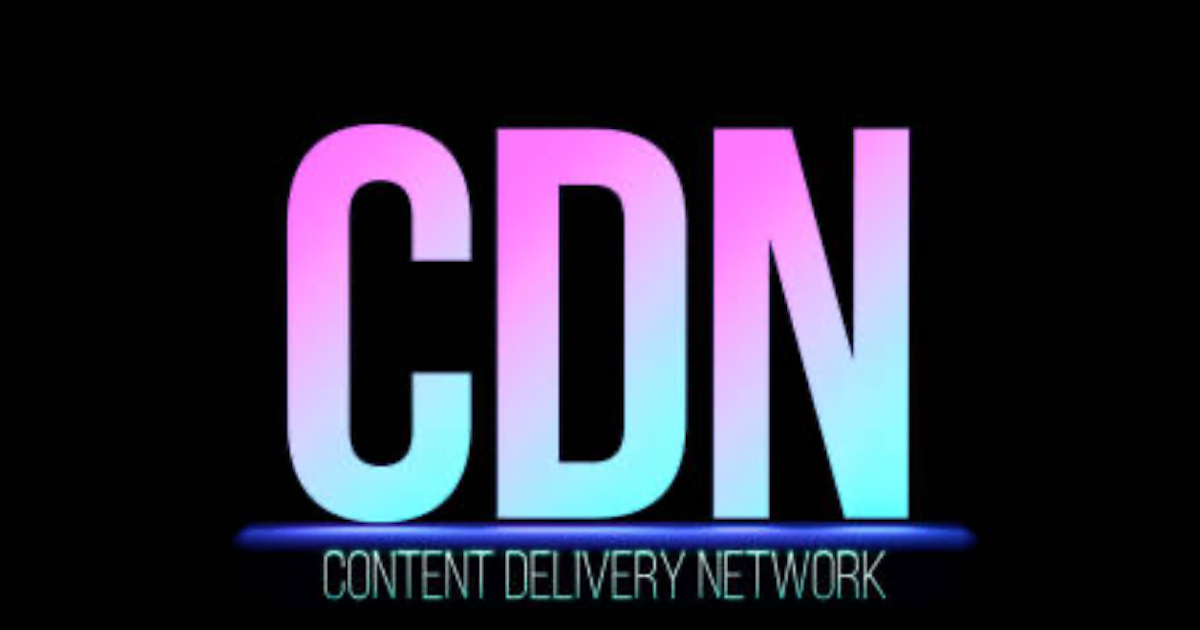
The economics of the CDN business have never changed. Vendors spend money to put capacity in place, hoping that over time, they get more bits to deliver and the economics of scale kicks in. It’s a gamble with a high risk of failure. Many vendors bet on 4K/8K/Metaverse/AR/VR “insert non-sense consumer app here,” but they didn’t get the additional volume they were betting on. As a result, they could not grow their business at the level they needed to to get to a scale where they could lower their costs enough to make the business work.
Deployment architecture is also a significant factor in determining success. CDNs must be able to deliver content with the QoS that customers demand while keeping their costs down. Efficiency is EVERYTHING. Akamai realized this early on and started working with ISPs to deliver customer content from caches within ISPs or connected to ISPs via peering/transit/interconnects. For some reason, Limelight thought it best not to work with ISPs to deploy caches in large quantities, with less than 10% of their traffic ever being served via ISP relationships. Instead, Limelight focused on delivering bits from “dense Super PoPs” that were far more expensive to build and maintain. Edgio’s direct cost on the Limelight network was around $0.0005 per GB delivered, while Akamai’s cost is less than half that.
When you sell a delivery service for less than it costs you to deliver it, you only survive based on the money you can raise to keep the business going. When interest rates increase on borrowed money, vendors can no longer afford the interest payments, and they go out of business. It’s simple economics. What happened to Edgio is the same thing that happened to iBEAM, Panther Express and other CDNs from twenty years ago. The times have changed, but the business economics haven’t. See www.cdnlist.com
The biggest problem with the CDN business has ALWAYS been vendors and industry people suggesting the total addressable market (TAM) for CDN delivery services is larger than it is. When executives at any company don’t live in reality and don’t understand the market, they will go out of business! Limelight’s filings disclosed that less than 20 customers comprised 70+% of its business. Over many years, we saw how Akamai’s delivery business was directly impacted by its “top six internet platform accounts.” As an industry, we have the data to see the “true” size of the CDN market and the expected growth level. The fact that many want to ignore the numbers and make up their own is what sets false expectations, leading to failure. A handful of customers comprise the largest percentage of overall revenue for all CDN vendors. A shift in strategy by any of them and vendors are impacted, more often than not, negatively.
Regarding capacity, there is not a shortage. Vendors are willing to pay to build out more capacity if customers will pay a fair price, which they are willing to do. But it must be built out realistically. Large customers still have Akamai, Amazon, Fastly, and CDN77 as options, and within specific geographic regions, other CDN vendors are strong in those locations. Some of the largest companies have also supplemented their delivery with DIY and first-party CDN capabilities, with a few other large content owners currently looking at that as an option. 4K quality video is not growing much as a percentage of total bits delivered by CDNs, and content owners optimizing their encoding has, in many cases, lowered their total bit delivery year-over-year.
The economics of the CDN business have not changed, and every vendor has been trying to replicate what Akamai has done. Akamai offers a delivery service at a scale that they routinely disclose is profitable. They achieved this by diversifying their business from only offering delivery services to other non-CDN services, like security, with higher margins. This allows them to generate cash to re-invest in the business and build more scale while lowering costs. Amazon has done the same thing with its CloudFront delivery business, to the tune of more than $1.1 billion in revenue this year (I’m not disclosing the source of the number), within a larger AWS business that will do over $110 billion in revenue in 2024. The economics of the CDN business have never changed over the past thirty years, only the vendors’ execution in the industry.

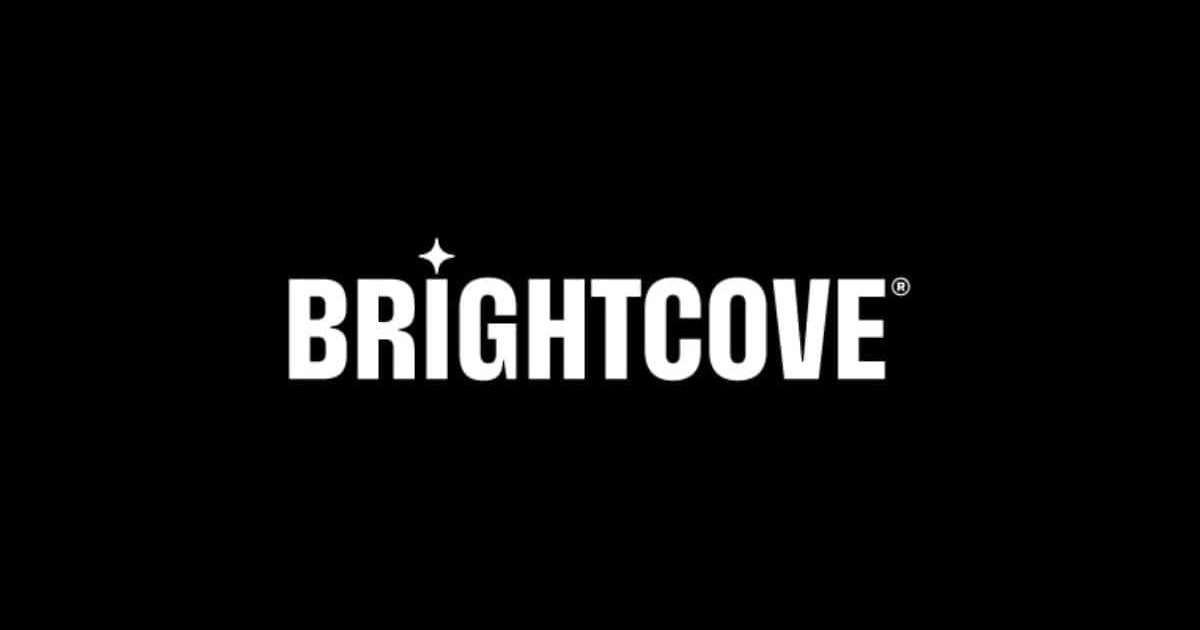
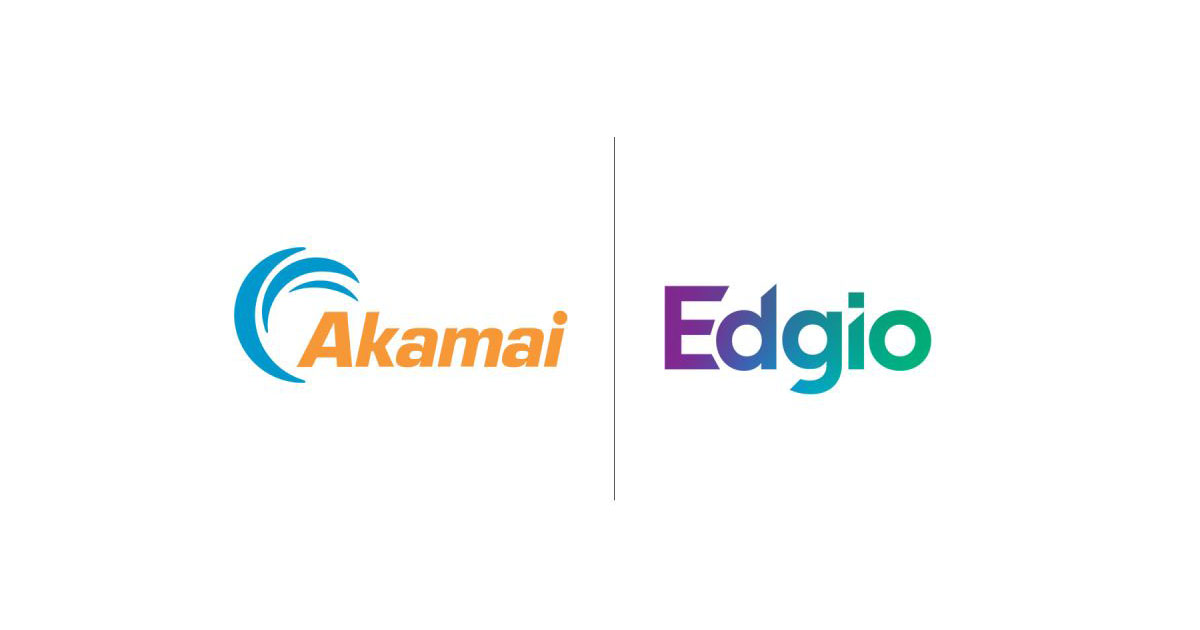 Akamai has
Akamai has 